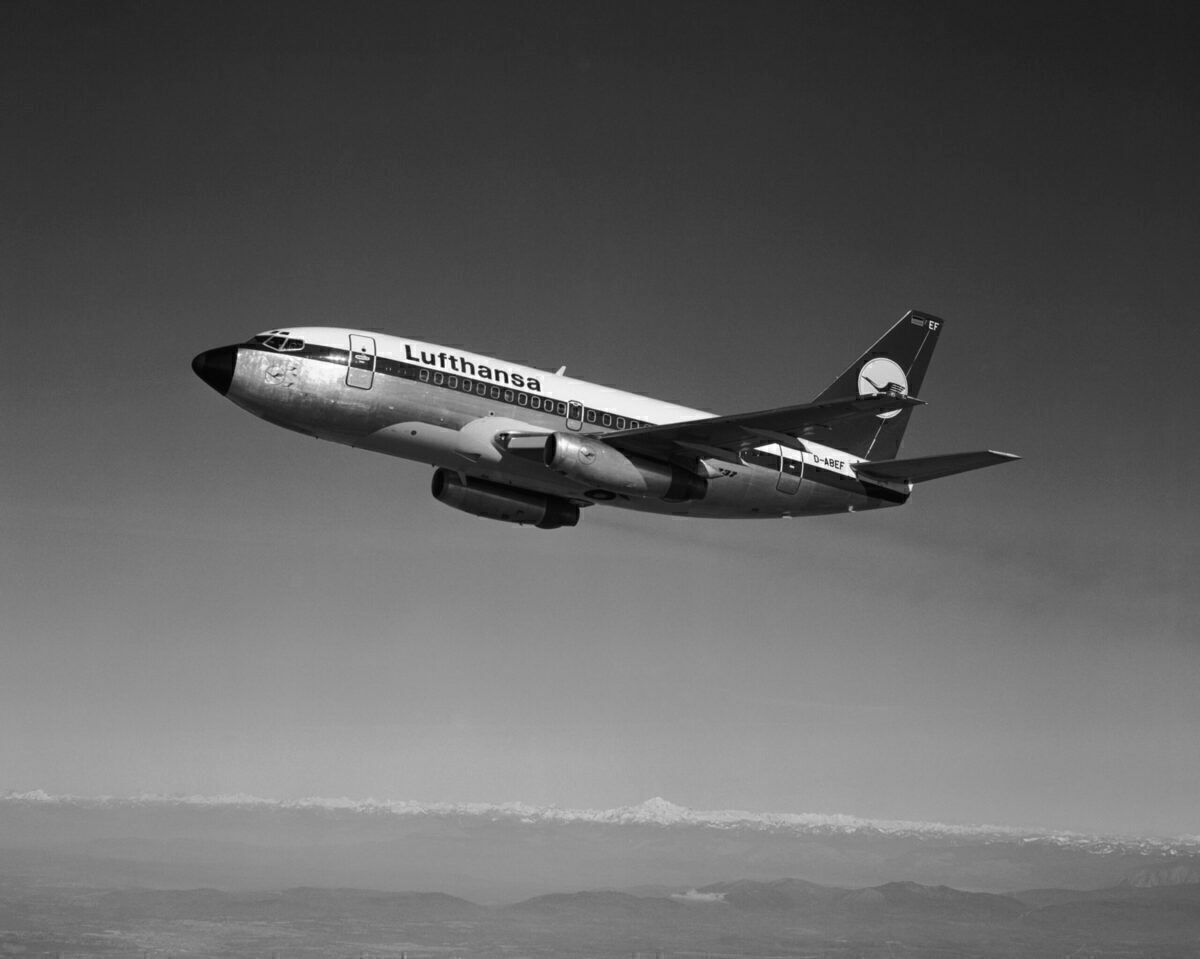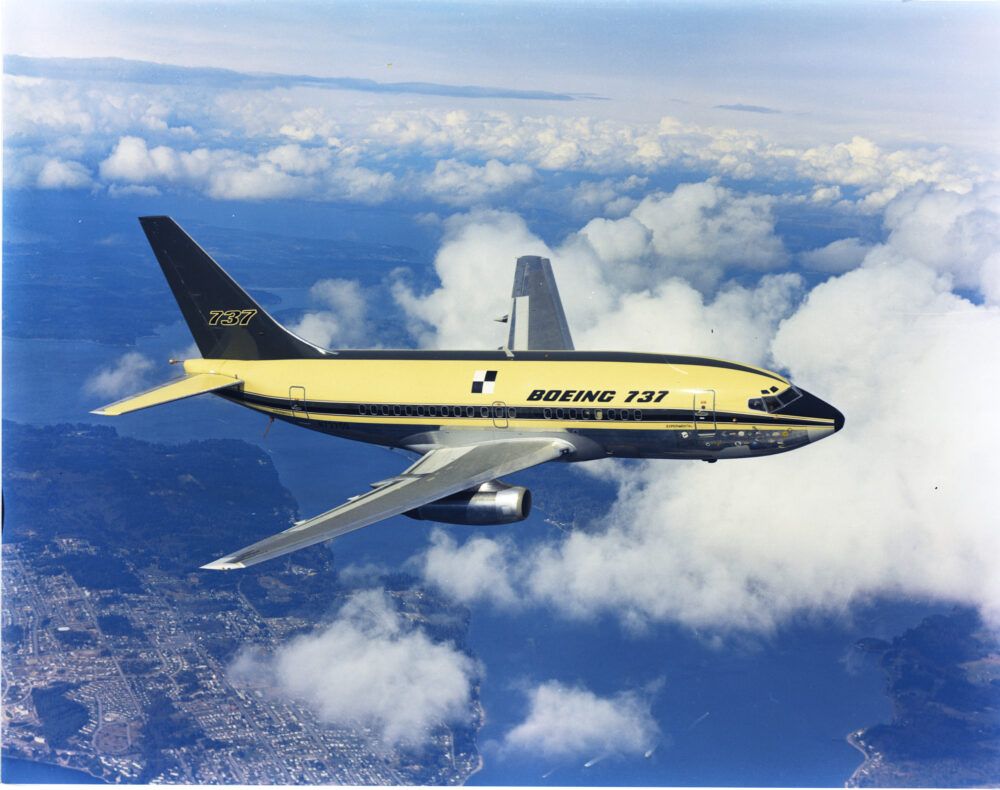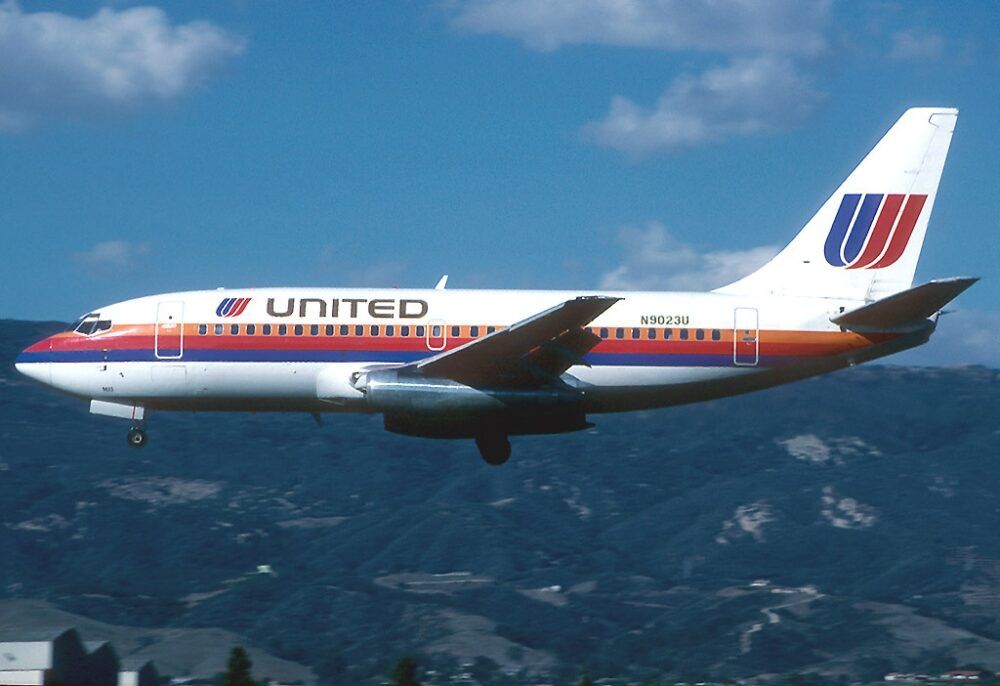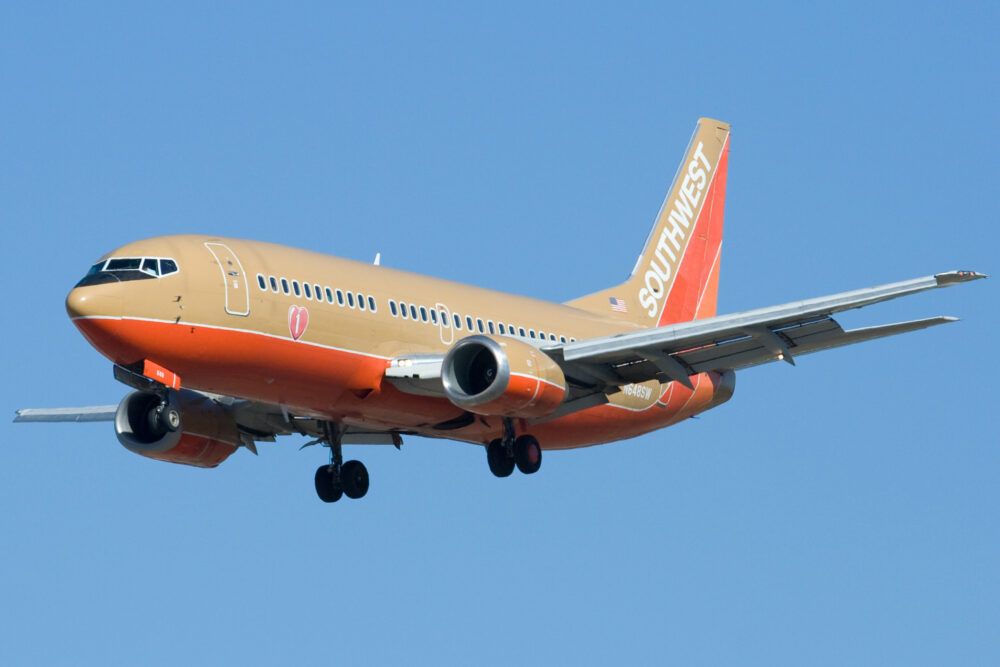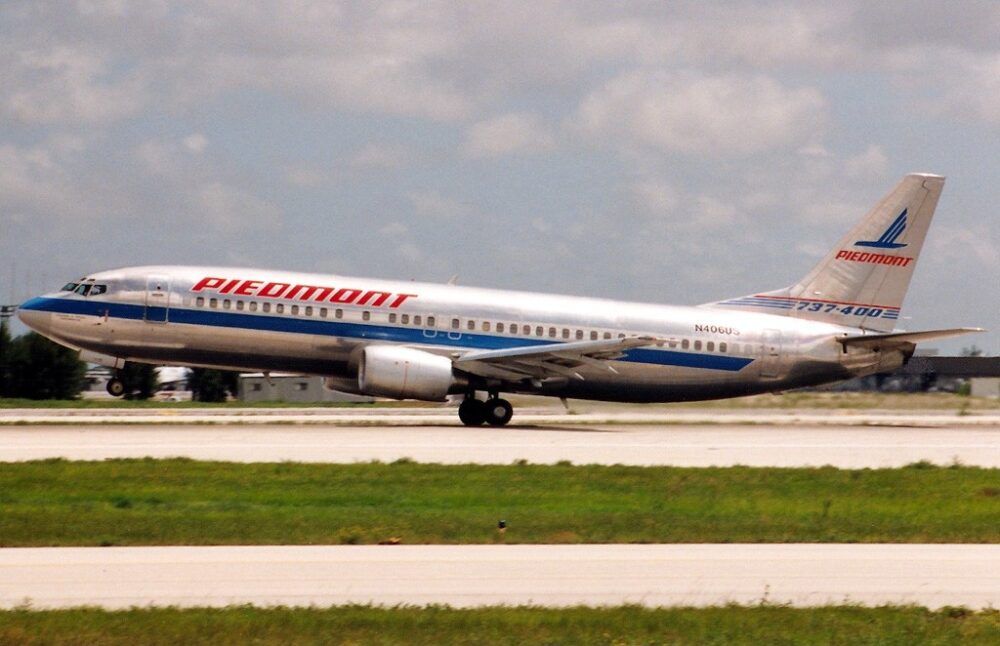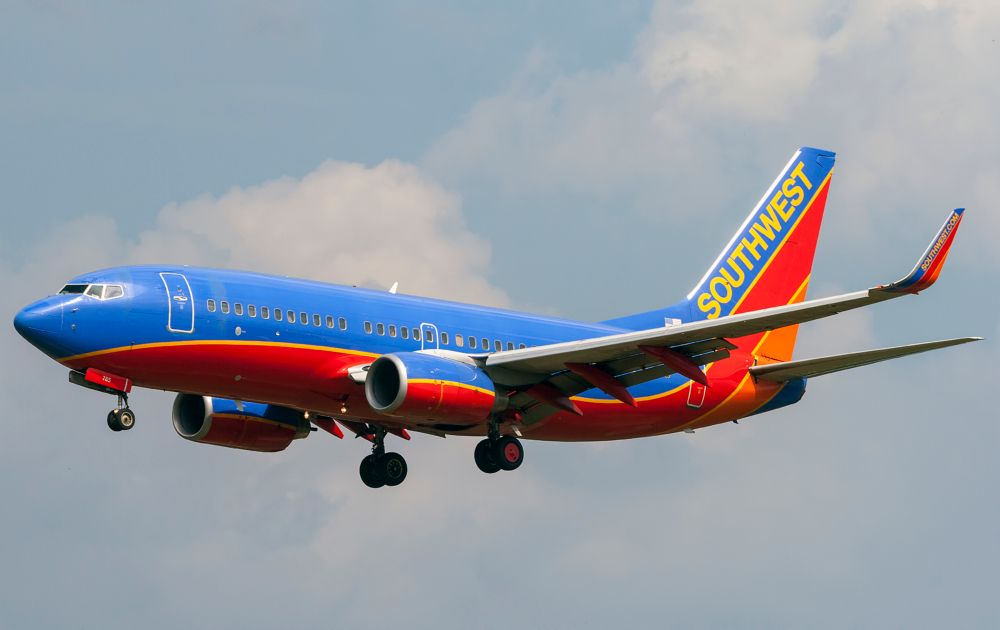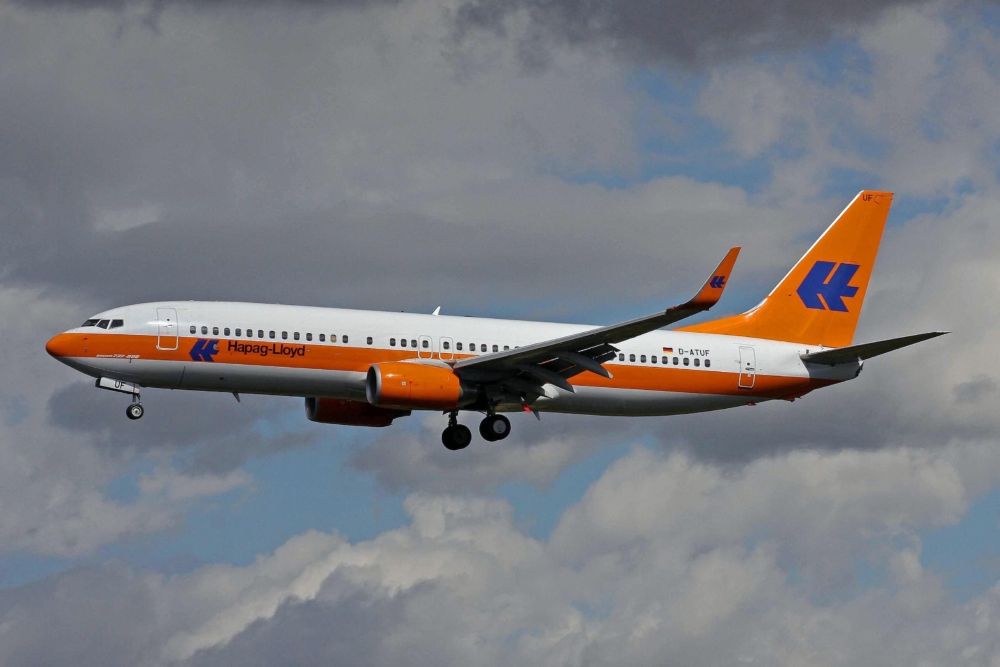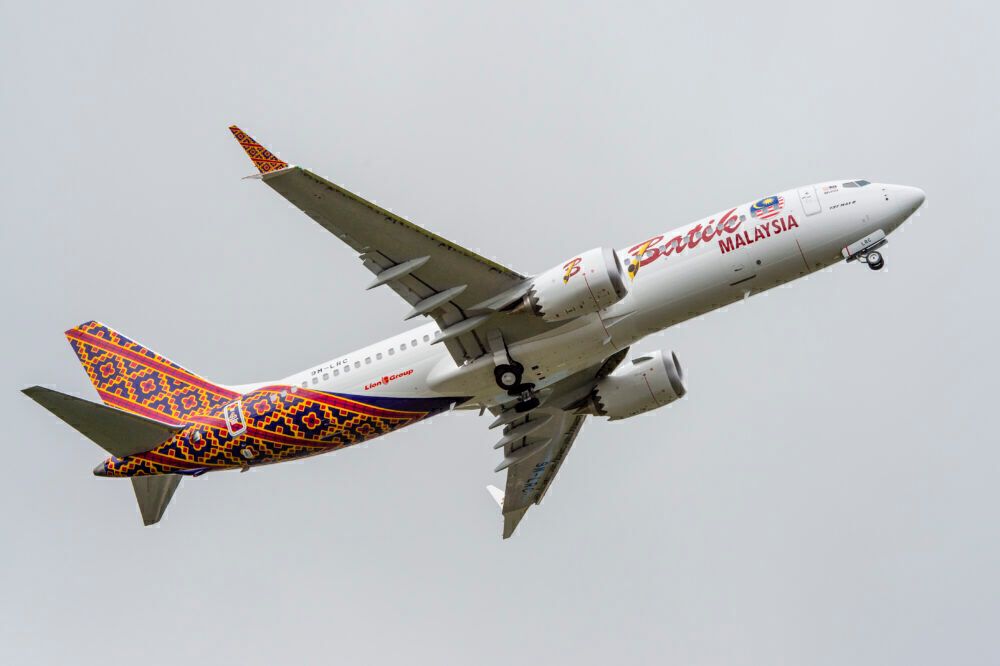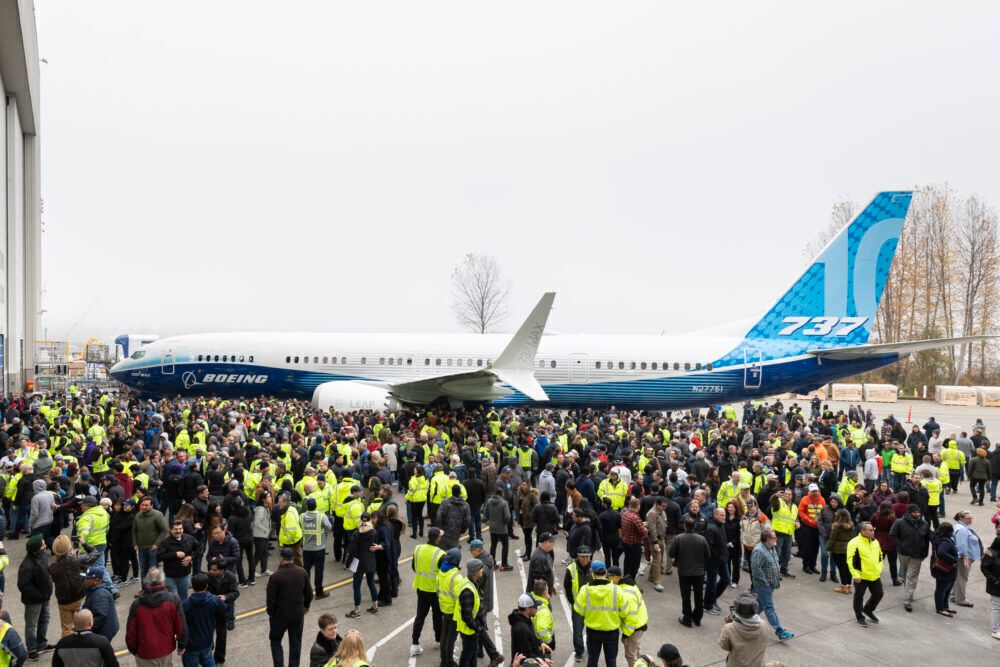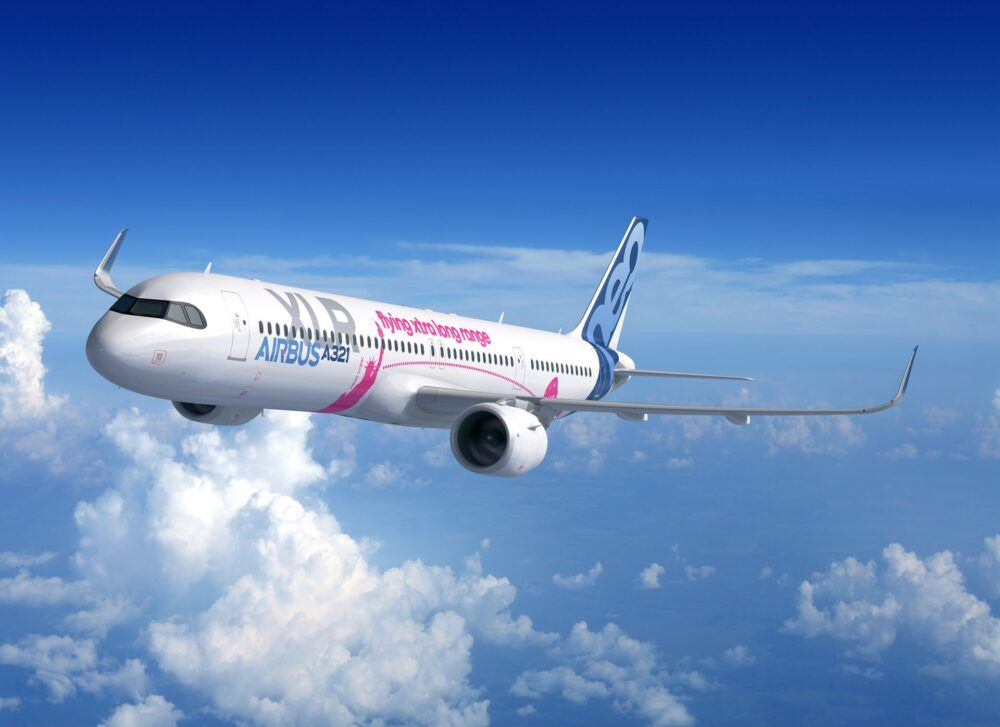The Boeing 737 has been the most popular jet series to date. Boeing has delivered over 10,000 to airlines, and there is still a healthy order book for more aircraft. The first 737-100 was delivered in 1968 to Lufthansa, and the aircraft has developed through many new variants since then. This article takes a quick look at which airlines first operated each of these variants.
The 737 Original
- 737-100: Lufthansa
- 737-200: United Airlines
The Boeing 737 was envisioned in the 1960s as a supplement, and eventual replacement, to the Boeing 727. The project was launched in 1965, with an order for 21 aircraft from Lufthansa. It first flew in 1967 and underwent testing and certification the same year.
The 737-100 entered servcie with Luftansa in Fenruary 1968. This was the first time a non-US airline had been the launch customer for a Boeing jet.
Lufthansa was the primary operator of the 737-100. Just 30 were built by Boeing, with the lengthened 737-200 proving much more popular, with over 1,100 sold. This took typical capacity up to 102, from just 85. United Airlines originally requested the stretch, and it became the launch customer in April 1968.
There was also a 737-200 Advanced model, launched in 1971. This included improved aerodynamics, higher thrust engines, and increased fuel capacity and range. It first flew with Japanese Airline All Nippon Airways in May 1971 and became the standard after launch.
The 737 Classics
- 737-300: Southwest Airlines
- 737-400: Piedmont Airlines
- 737-500: Southwest Airlines
Boeing improved the 737 with new models in the early 1980s. The 737-300 launched in 1984 and offered improvements in capacity, performance, and efficiency. The three variants offered a choice of capacity and range and maintained commonality with the series.
Southwest Airlines was the launch customer for the initial variant, the 737-300, in December 1984. US Airways (USAir at the time) and Southwest Airlines both placed initial orders for the type at the same time (with both airlines sometimes quoted as the launch customer).
The stretched 737-400 added additional capacity to compete better with the new Airbus A320 and the McDonnell Douglas MD-80. It entered service in September 1988 with Piedmont Airlines.
The shortened 737-500 was the lowest selling of the Classic series but offered a role for many airlines as a replacement for aging 737-200 aircraft. It entered service also with Southwest Airlines in February 1990.
Stay informed: Sign up for our daily and weekly aviation news digests.
737 Next Generation
- 737-600: SAS
- 737-700: Southwest Airlines
- 737-800: Hapag-Lloyd Flug (later became TUIfly)
- 737-900: Alaska Airlines
Boeing's next improvement to the 737 series, the 737 Next Generation or 737NG, was motivated by the development of the Airbus A320. This entered service in April 1988 with Air France, with more efficient operation and full fly-by-wire design. The Next Generation program was launched in 1993, with improvements including new engines, a new wing design, and a glass cockpit.
Southwest Airlines was the again launch customer for the first developed variant of the series, the mid-sized 737-700, in December 1997. Two other variants followed shortly after in 1998, and the largest 737-900 not until 2001.
The smaller 737-600 competed with the smaller A320 variants and offered a replacement for the 737-500. It entered service with SAS. And the larger 737-800 entered service in April 1988 with Hapag-Lloyd Flug (later TUIfly). The 737-800 has been the best selling of any 737 variant. The largest in the series, the 737-900, entered service with Alaska Airlines in May 2001.
The 737 MAX
- 737 MAX 7: Southwest Airlines
- 737 MAX 8: Lion Air (Malindo Air)
- 737 MAX 9: Lion Air
- 737 MAX 200: Ryanair
- 737 MAX 10: expected to be United Airlines
The latest 737 generation was once again motivated by improvements in the A320. The A320neo family brought further efficiency improvements, and the 737 MAX followed soon after.
The 737 MAX was announced in 2011 and was introduced in May 2017. Lion Air subsidiary airline Malindo Air was the first airline to put the MAX 8 into service. Southwest Airlines was the launch customer in terms of initial orders but did not receive its first aircraft until August that year.
The stretched 737 MAX 9 also entered service with Lion Air, this time Thai Lion Air, in March 2018. The high-capacity 737 MAX 200 is based on the MAX 8, and it first flew with Ryanair in June 2021.
The shortest variant, the 737 MAX 7, was originally expected to enter service with Southwest Airlines in 2019, but the airline deferred the order.
And the largest 737 MAX 10 variant took its first flight with Boeing in June 2021. It is expected to enter service with United Airlines, hopefully in 2023.
After the 737?
The 737 has been a great success for Boeing, with each new series offering updates to improve performance and efficiency. The 737 MAX has suffered setbacks, but it remains popular and well on order. What will come next, though?
Throughout its development, it has, of course, competed strongly with Airbus and the A320. Airbus is going further with its A321neo series, launching the long-range A321XLR shortly. This has been popular with airlines, opening up new longer narrowbody route options and acting as a replacement for aging Boeing 757 aircraft.
Boeing did have plans to develop a new mid-sized aircraft (dubbed the NMA, or 797) but dropped this in 2020 amidst problems with the 737 MAX and the launch of the A321XLR.
Boeing is revisiting its plans for what to develop next. A new clean-sheet development seems unlikely in the current environment - and with the need to catch up with Airbus. An update to the 737 is possible (but so is one for the 757 or 767), and likely many airlines would be interested.
As the most sold aircraft to date, many airlines have operated the 737 throughout its history. Only a few can claim to be launch operators, and they have a special relationship with the aircraft. Feel free to discuss these airlines - and the 737 variants - further in the comments.

